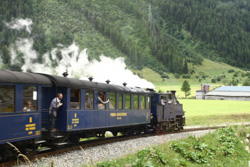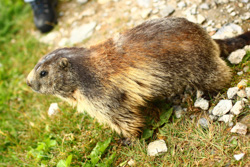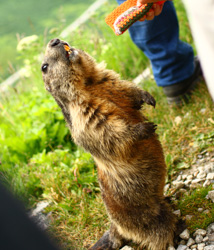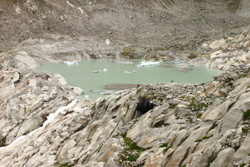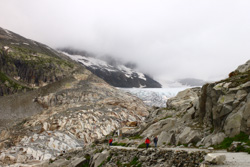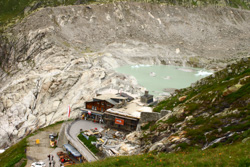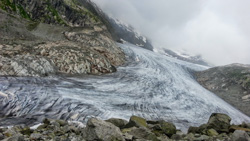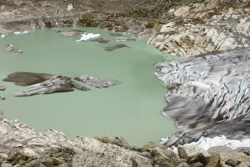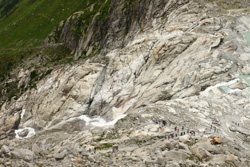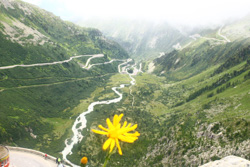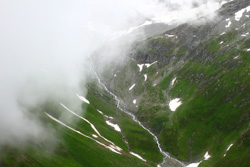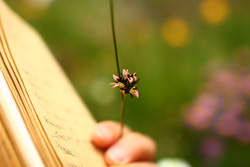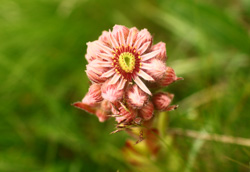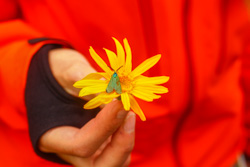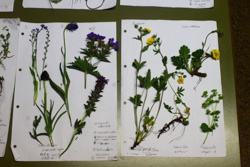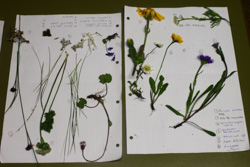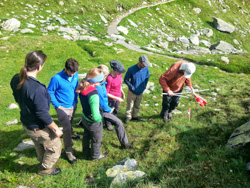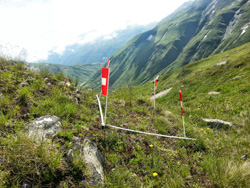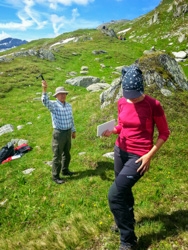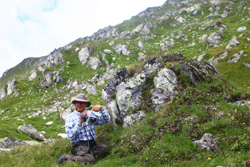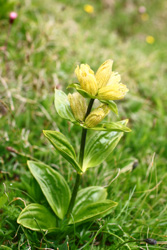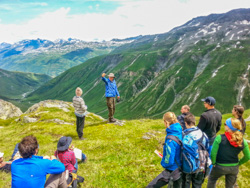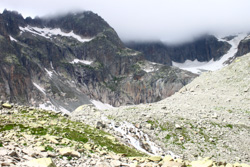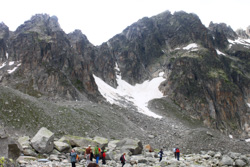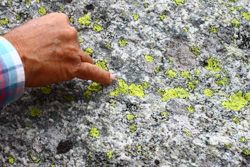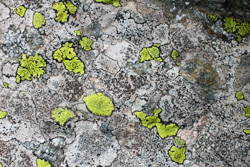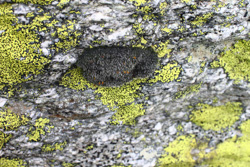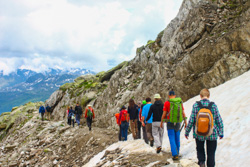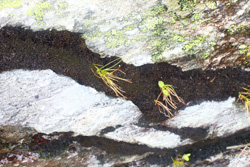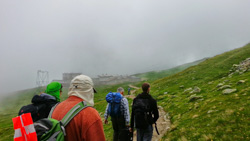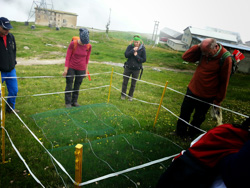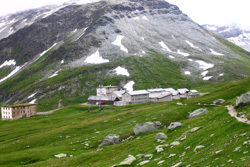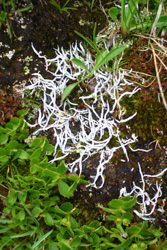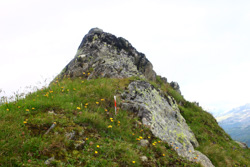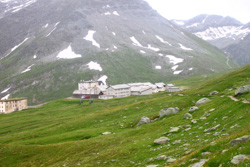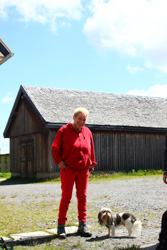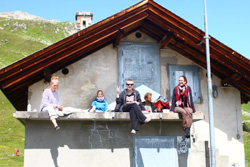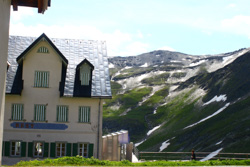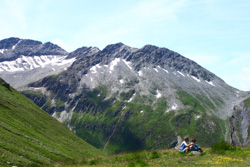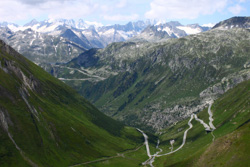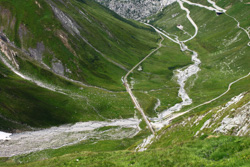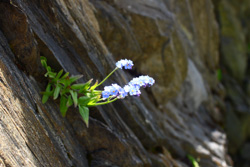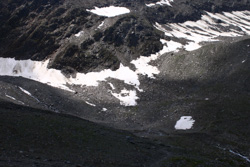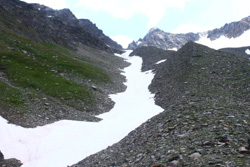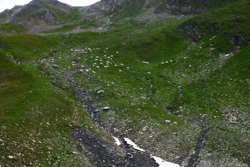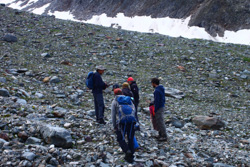Aino Kulonen, Yuanyuan Huang
Ecology of alpine plants, Furka Pass, 2450 m 21-25 July 2014
Graduate course of the Zürich-Basel Plant Science Center, Institute of Botany, Basel
Instructors: Prof. Christian Körner; Prof. Jürg Stöcklin; Dr. Erika Hiltbrunner
Abstract
The Alpine area of the Furka Pass contains a wide variety of the microtopography and supports various species. By studying the species composition and diversity on different expositions of five hummocks, we found a significant effect of microtopography on biodiversity. The species richness is significantly lowest on the top pf the hummocks but there’s no significant difference between the richness of north and south slopes. However, part of the species showed strong preference for either north or the south slope, which can be explained by the different microclimate of these slopes. Because of this clear variety in the species compositions, it is important to include microtopography, when explaining species distributions or diversity.
Keywords
alpine species diversity, microtopography, microclimate, diversity index, indicator values
Hypotheses
1) There are differences in species diversity between micrograpgical exposition (north, south and flat top). Div(south)>Div(north)>Div(top)
2) Species have different preference for expositions. The plant species in the north slope have lower temperature indicator values than species in the south slope.
Methods
The difference in species composition was studied on five small hummocks (diameter < 10 meters) in alpine grassland close to Furka Pass in 2500 m. On each hummock species composition was studied in 70 × 70 cm plots in south slope, north slope and on top of the hummock. Species composition was recorded and each species’ abundance was assessed after Braun-Blanquet’s scaoe for each plot (n = 15). In addition total cover was recorded for vascular plants, lichens, mosses and bare land.
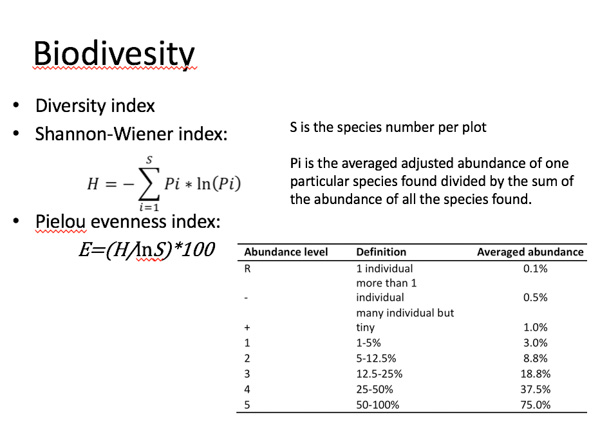
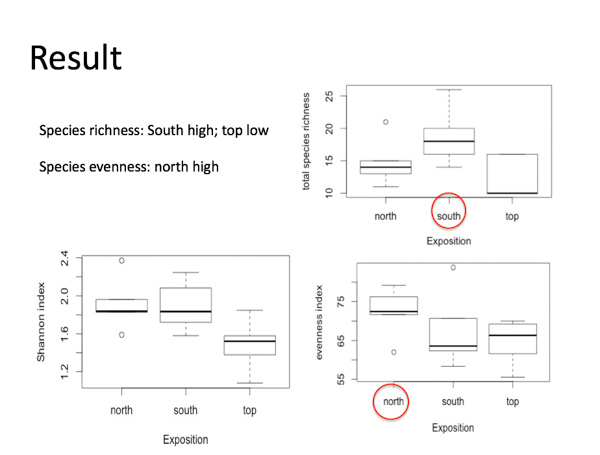
Results
Anova result showed that there is significant effect of the expositions (P = 0.05). The south slope has higher species richness than the top (t test, P = 0.016). But when we excluded the lichens and moss, the shannon index has no significant difference among expositions. However, the species’ evenness is significantly higher on the north slope.
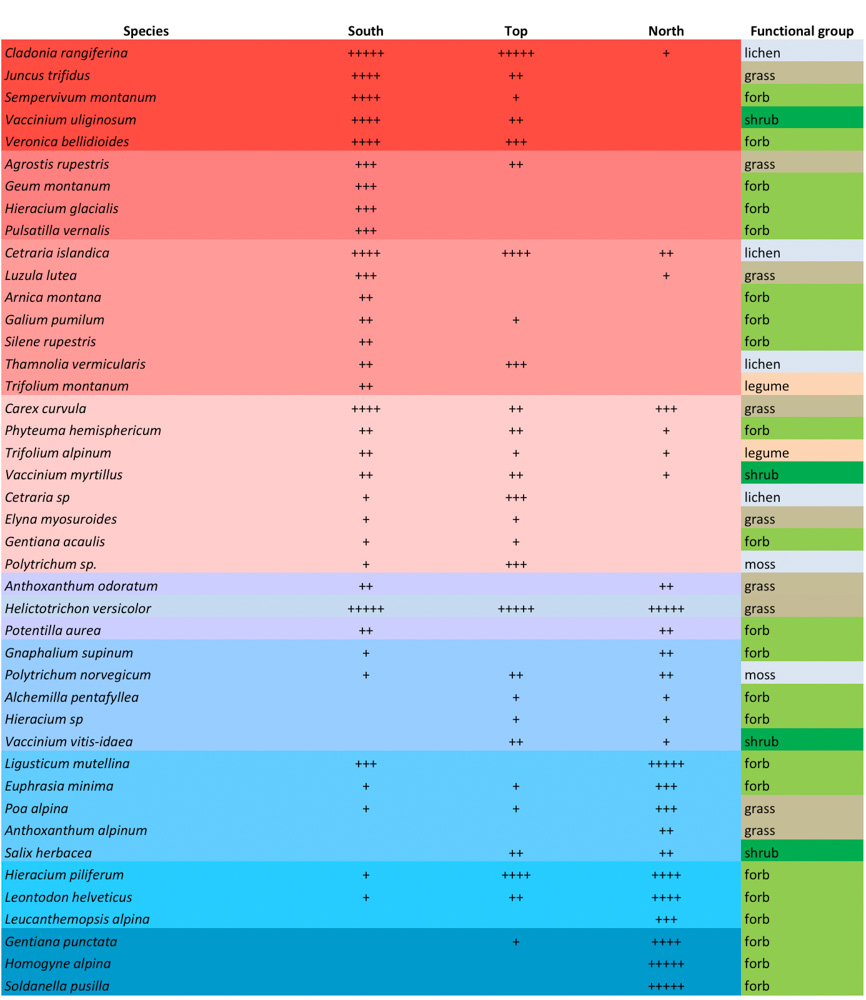 Table 2. Species frequency in study plots (+ means occurrence in one plot). Species are organised from high preference for South slope (red) to high reference for North slope (blue). Species found only in one plot are excluded from the list.
Table 2. Species frequency in study plots (+ means occurrence in one plot). Species are organised from high preference for South slope (red) to high reference for North slope (blue). Species found only in one plot are excluded from the list.
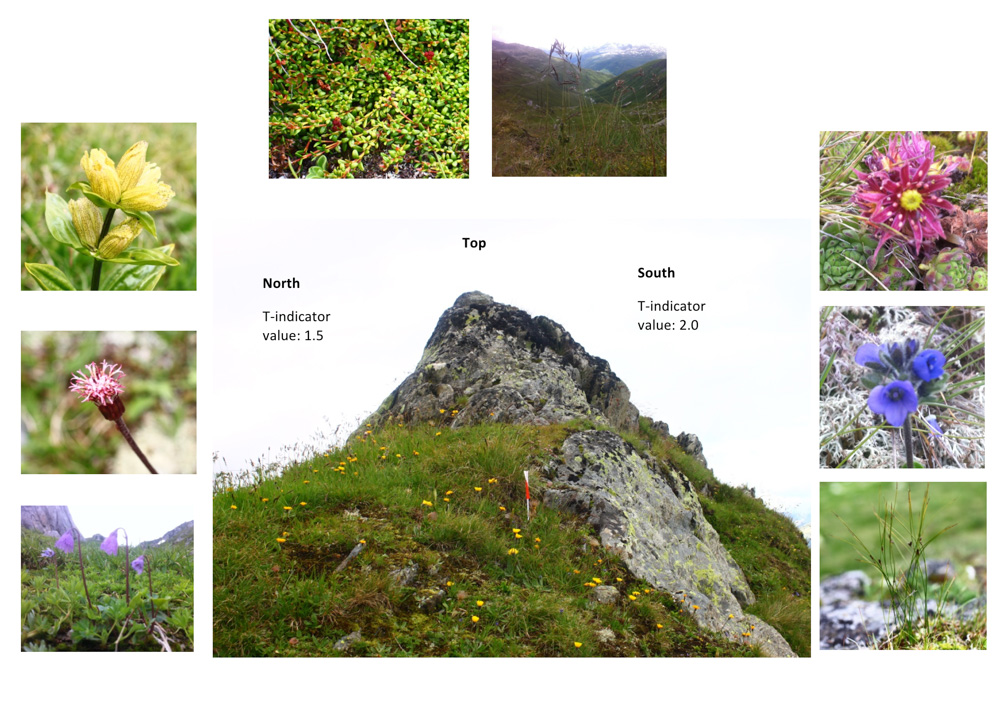 Figure 2. Species with strongest preference for each exposition. Temperature indicator values for south and north slope were calculated from species that were found on at least 2 plots but always on same aspect.
Figure 2. Species with strongest preference for each exposition. Temperature indicator values for south and north slope were calculated from species that were found on at least 2 plots but always on same aspect.
Discussion
On the north slope, although there is less sunshine, the moisture sustained can still attract a lot of the plants which prefer the shade. Probably the less competition there attracts some species to stay. The south slope is less rocky and have more places for different species with enough radiation. Plants are able to absorb water deeper in the soil. However the evenness of the north slope is higher than the south. This may be caused by the different life forms and preferences of the species in different slope of the hummocks. Within a distance of a couple of meters we found species that showed clear preference for different expositions. All lichen species present in the plots were more abundant in south and top than north, which is a signal of dry habitat in these expositions. Other species that have strong preference for south exposition include species that tolerate well drought. On the other hand, species that showed the strongest preference for north slope are all forbs. In the study area, the south slopes have thinner snow cover during winter causing soil freezing, but north slopes have thicker and longer snow cover.
Conclusion
Our results show strong variation in the small scale species composition that is connected to microtopography and -climate typical to alpine area. This indicates that in changing climate conditions species can find new habitat in a suitable microclimate close to their old habitat. Microtopography’s effects should be taken into account while projecting future distributions of plant species.
References
1) V. Glavac, Vegetationsökologie. Jena, 1996: 130-131
2) E. Landolt, Ökologische Zeigerwerte zur Schweizer Flora. Veröffentlichunger des Geobotanischer Insititutes der ETH. Stiftung Rübel. Zürich, 1977
